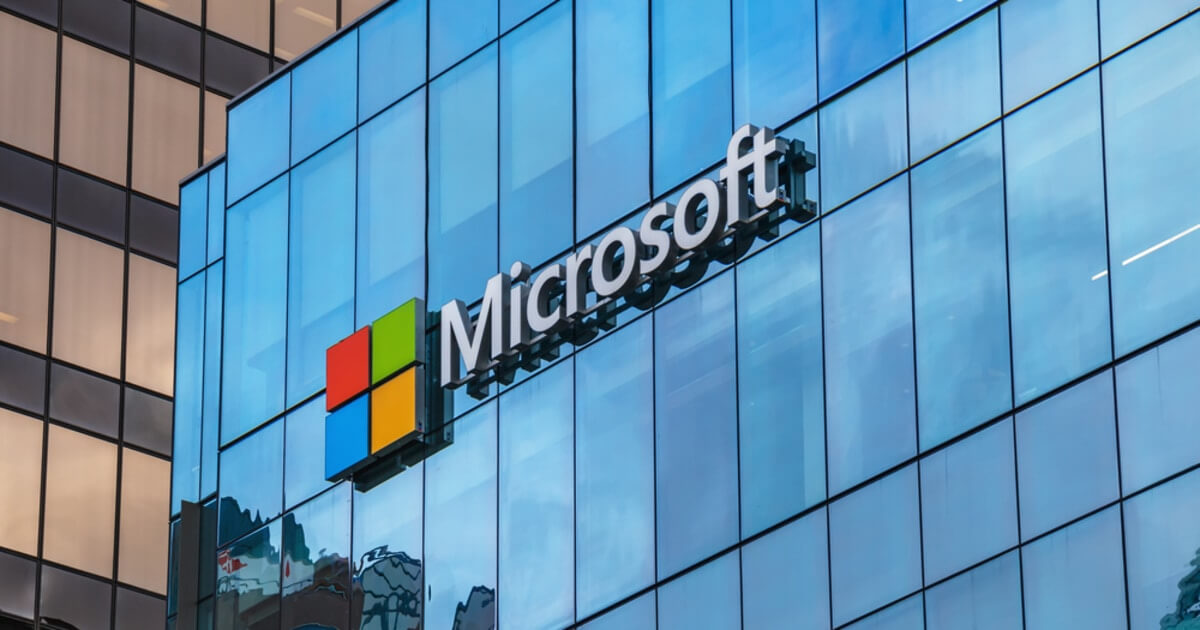Microsoft D3D12 Work Graphs Elevate GPU Autonomy in Gaming and Rendering
Zach Anderson Mar 13, 2024 04:20
Microsoft's official release of D3D12 Work Graphs marks a significant advance in GPU-driven rendering, optimizing resource management and enabling more efficient algorithms.

Microsoft has officially released D3D12 Work Graphs, a cutting-edge system aimed at enhancing GPU autonomy by streamlining complex rendering processes. This development, initially available in a preview version in 2023, is now fully released, marking a pivotal moment in GPU-driven rendering and computation.
D3D12 Work Graphs are designed to address the increasing reliance on the GPU to perform elaborate rendering techniques, such as those seen in Unreal Engine 5's Nanite. The traditional role of the CPU, primarily focused on resource management and hazard tracking, is being scaled down as GPUs take on a more central role in rendering workflows. Prior to this innovation, fine-grained memory management on GPUs was a significant challenge, making it nearly impossible to support algorithms with dynamic work expansion without incurring substantial synchronization and memory overhead.
Epic Games has voiced its support for Work Graphs, citing the difficulty in predicting GPU memory allocation needs and the limitations in dynamic workload management that they faced before. With Work Graphs, GPUs can now manage complex pipelines more efficiently, significantly simplifying the developer's task of handling resource and barrier management code.
For developers and industry professionals seeking to learn more about D3D12 Work Graphs, opportunities abound at GDC 2024, with sessions such as "DirectX State of the Union," "AMD’s Future of GPU Programming," and "Nanite’s GPU-driven Materials." The talks will provide deeper insights into Work Graphs, including practical applications and early observations from industry experts.
The new system's characteristics and features are numerous. Work graphs are acyclic, with a depth limit of 32, including recursion. They offer various options for translating incoming work requests into shader invocations, allowing for a flexible and efficient data flow. Furthermore, the system can schedule work requests using the underlying hardware tools, optimizing the use of GPU resources and potentially reducing off-chip memory bandwidth reliance.
The official release also introduces additional features such as adding nodes to existing work graphs and a new way to define graphics and compute pipelines. These enhancements open up possibilities for more dynamic and modular development of graphical applications.
Developers looking to adopt D3D12 Work Graphs will need to ensure they have the necessary drivers and prerequisites, including support from GPU vendors like AMD, NVIDIA, Intel, and Qualcomm. As of March 11, 2024, AMD and NVIDIA have provided driver support for their respective graphics cards, with detailed information available on their respective blogs.
The release of D3D12 Work Graphs represents a significant shift in the landscape of graphics and rendering technology. Microsoft's continuous innovation in DirectX technology is setting new standards for what's possible in gaming, visualization, and AI-driven graphics applications. With a more autonomous and efficient GPU, the future of real-time, high-fidelity graphics is looking brighter than ever.
For developers, the transition to using work graphs may require some adaptation, but the benefits of a more streamlined and capable GPU compute model are clear. Microsoft's comprehensive guide and samples, available on GitHub, offer a valuable resource for those looking to integrate this technology into their applications.
In conclusion, D3D12 Work Graphs are poised to revolutionize the way we think about GPU-driven rendering and computation. As the technology matures and gains widespread adoption, we can expect to see even more impressive and efficient graphical applications in the near future.
Image source: Shutterstock.jpg)